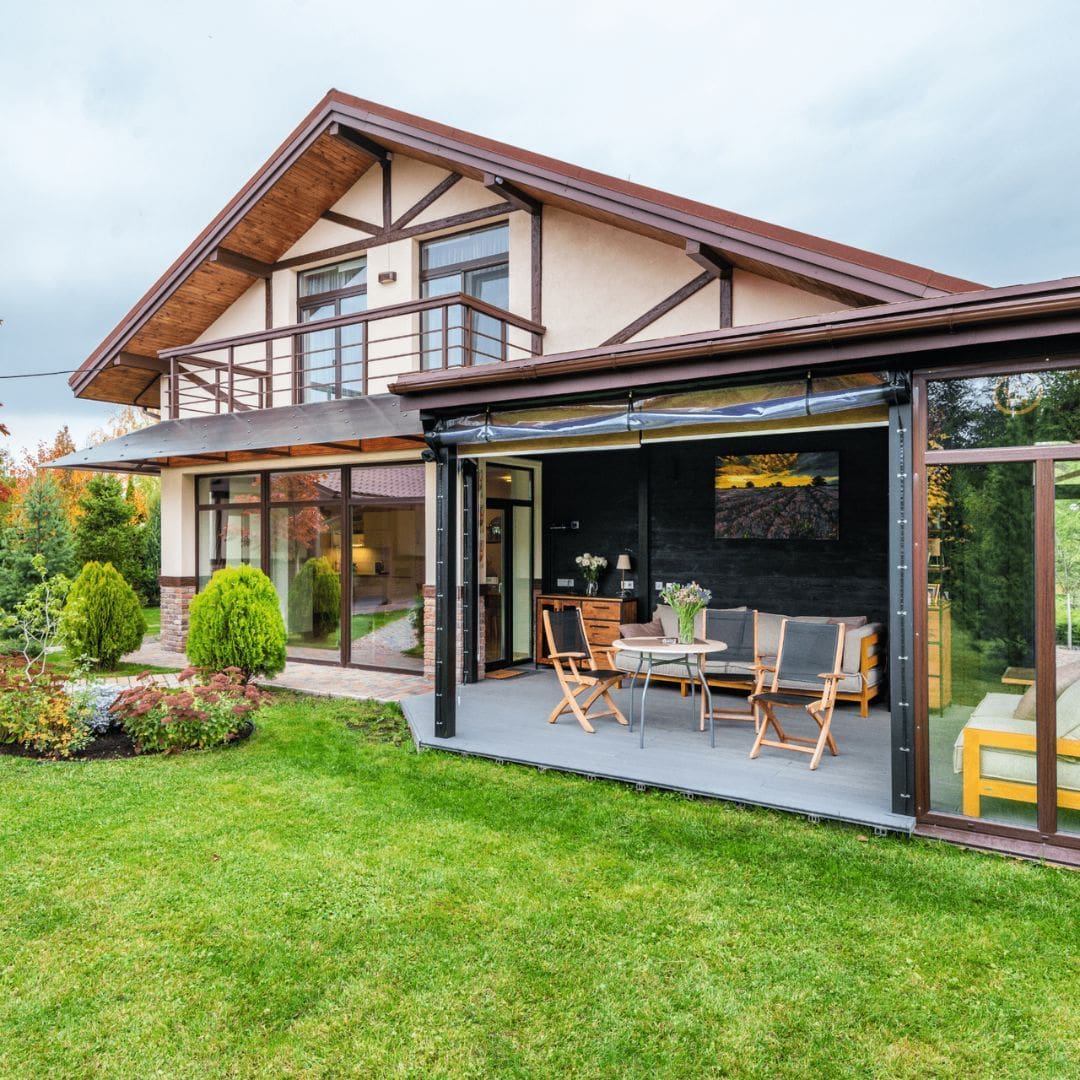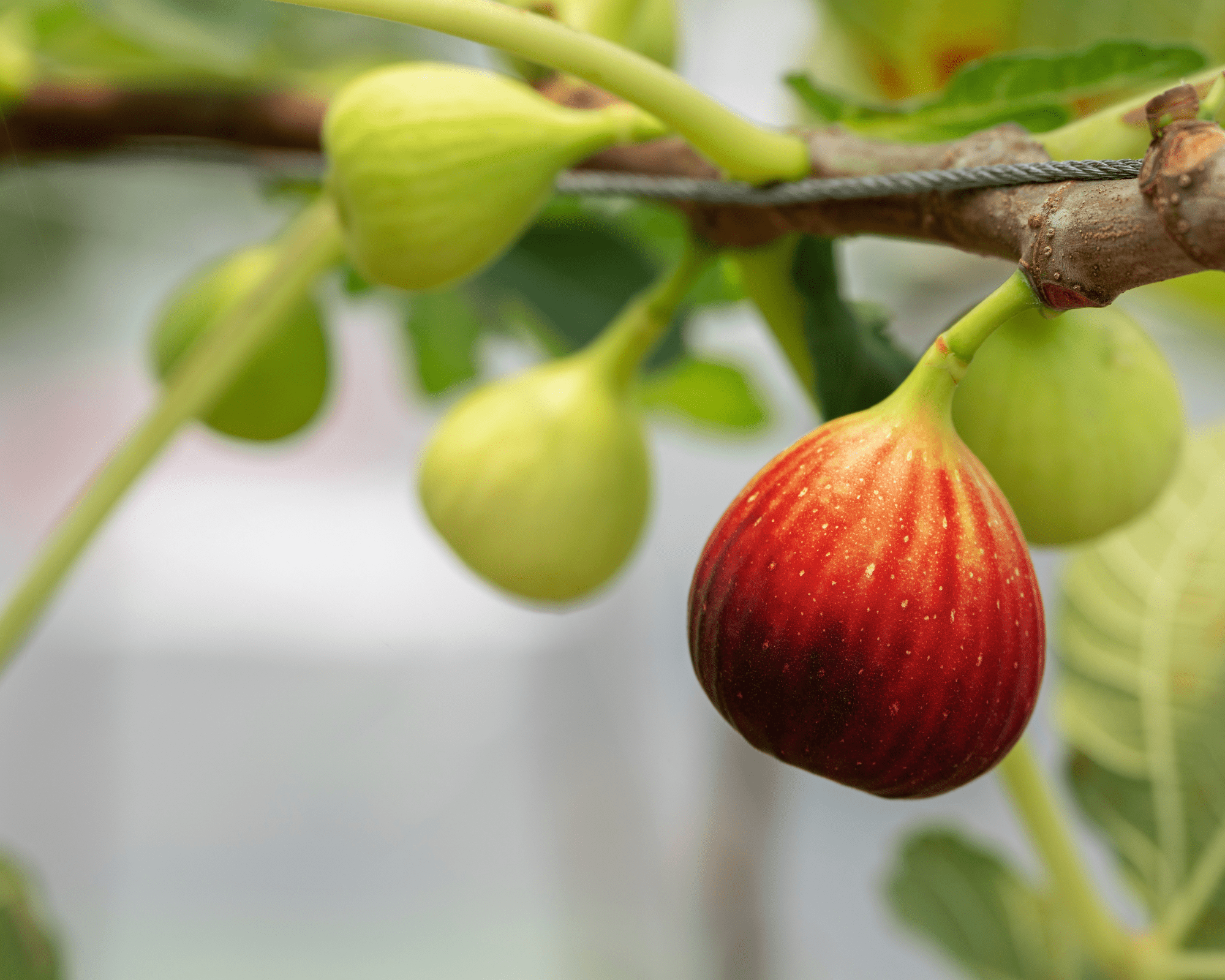Pleas read the full disclosure for more info. 💚
Fig trees are a delightful addition to any garden, producing sweet, nutritious fruit while offering an attractive, leafy canopy. However, to ensure your fig tree thrives and produces a bountiful harvest, it’s essential to plant it in the right location. In this post, we’ll explore the best spots in your garden to plant a fig tree, taking into account factors like sunlight, soil, and space to create the ideal environment for growth.
1. Sunlight is Key: Choose a Sunny Spot
Figs love sunlight and need a full 6-8 hours of direct sun every day to produce healthy fruit. A sunny location encourages strong growth and ensures your tree will yield the sweet, rich flavor figs are known for. The more sun your fig tree gets, the better the fruit will develop.
If possible, plant your fig tree in a south-facing area where it will receive the most sunlight throughout the day. Avoid areas shaded by large trees or buildings, as fig trees can struggle to produce fruit if they don’t get enough light.
2. Soil Requirements: Well-Draining and Fertile Soil
Figs thrive in fertile, well-draining soil. Good drainage is essential because fig trees don’t like “wet feet,” meaning they’re prone to root rot if left in soggy conditions. For optimal growth, plant your fig tree in loamy soil that retains some moisture but drains excess water easily.
Before planting, test your soil’s drainage by digging a small hole and filling it with water. If the water drains within an hour, it’s a good sign that the soil is well-draining. If the water remains for hours, you may need to amend the soil with organic matter like compost to improve drainage.
Figs also prefer slightly acidic to neutral soil, with a pH range of 6.0 to 7.0. You can test your soil’s pH with a simple soil testing kit to make sure it falls within this range.
3. Space to Grow: Give Your Fig Tree Room to Expand
Fig trees can grow quite large, depending on the variety. Some varieties, like the ‘Brown Turkey’, can reach up to 10-15 feet tall and wide, while others, like ‘Petite Negra’, are much smaller and can be grown in containers. Make sure to choose a spot where your fig tree has ample space to spread out without overcrowding nearby plants.
Leave at least 10-15 feet of space between your fig tree and other trees or structures. This will allow your tree to grow strong and healthy without competing for nutrients, sunlight, or space. If you’re planting more than one fig tree, make sure to space them 10-15 feet apart to avoid overcrowding.
4. Protection from Wind and Frost: Consider Microclimates
Figs are relatively hardy, but strong winds or late-season frosts can damage or kill your tree. To protect your fig tree, plant it in a location that offers some shelter from wind and late frosts. A spot near a wall or fence can provide protection, as long as it doesn’t block sunlight.
If you live in a colder climate, you may want to plant your fig tree against a south-facing wall or another structure that absorbs heat and creates a microclimate. This will help keep the tree warmer in winter and protect it from extreme cold. However, be cautious about planting too close to a reflective surface, like a metal fence, as this can cause sunburn on the leaves.
5. Container Planting: A Great Option for Small Spaces
If you don’t have a lot of garden space or live in an area with harsh winters, growing figs in a container is a great option. Choose a large, sturdy pot with drainage holes to ensure your fig tree has enough room to grow and that the soil drains properly. Place the container in a sunny spot with access to plenty of light, and move the pot to a sheltered area during winter if needed.
Container planting allows you to move your tree to a protected location during the colder months, ensuring it stays healthy year-round.
6. Avoid Low-Lying Areas: Watch for Waterlogging
While figs need regular watering, they don’t do well in areas where water collects, especially after rainfall. Low-lying areas in your garden tend to hold water, which can lead to waterlogging and root rot. Avoid planting your fig tree in depressions or areas where rainwater tends to pool. Choose a slightly elevated area with good natural drainage to prevent water from accumulating around the roots.
Conclusion: Creating the Perfect Environment for Your Fig Tree
Choosing the right location for your fig tree is crucial to ensuring it thrives and produces a generous crop of fruit. By planting your fig tree in a sunny, well-draining spot with enough space for growth, you’ll be giving it the best possible environment for success. Whether you’re planting in the ground or using a container, remember that figs need sunlight, protection from wind and frost, and fertile soil to truly thrive.
With the right care and attention to location, you’ll be rewarded with delicious, homegrown figs that will make your garden a sweet success!


